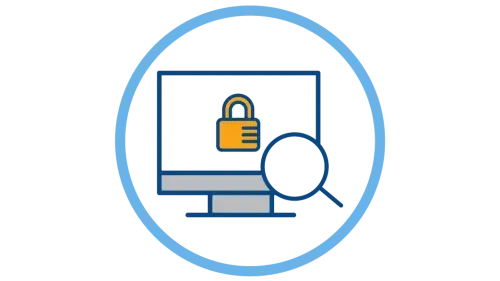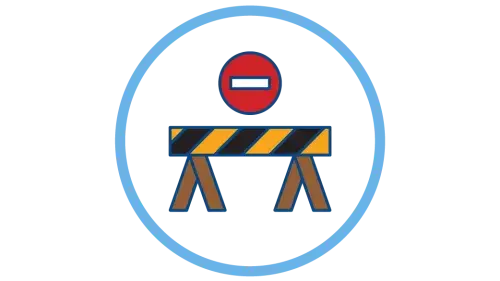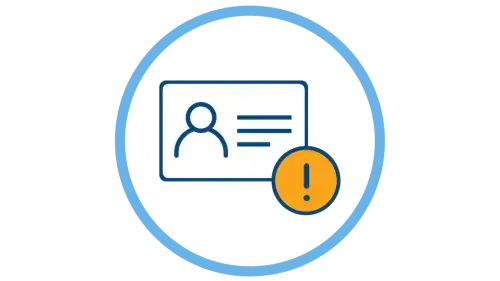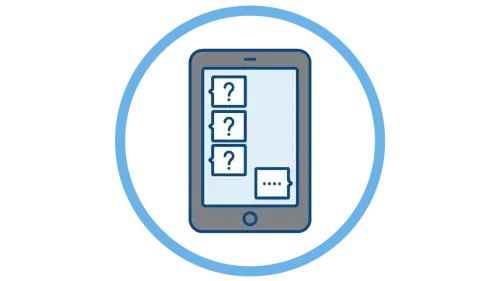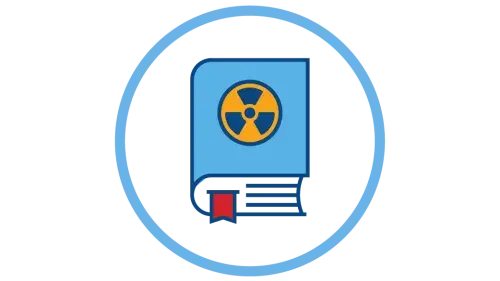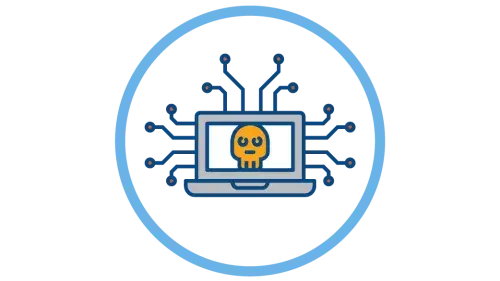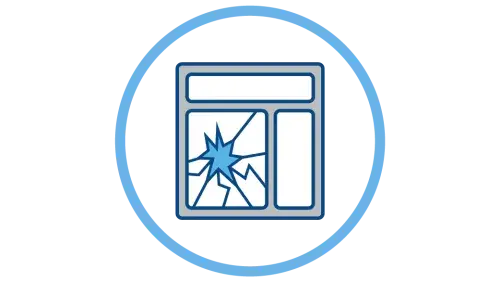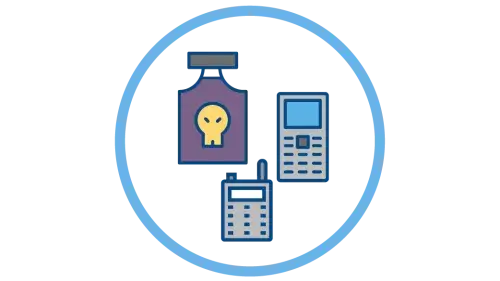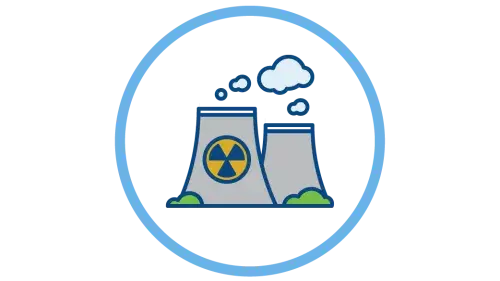What is Suspicious Activity?
Suspicious activity is any observed behavior that may indicate pre-operational planning associated with terrorism or terrorism-related crime. With the help of the Nationwide Suspicious Activity Reporting (SAR) Initiative (NSI), the U.S. Department of Homeland Security has identified common signs of terrorism-related suspicious activity. Some activities could be innocent, but trained law enforcement officials can determine whether the behavior warrants further action.
Remember: Factors such as race, ethnicity, sex, national origin, religion, or disability are not suspicious. A cornerstone of the DHS mission is ensuring that people’s civil rights and civil liberties are not diminished by our security efforts, activities, and programs. As such, the DHS “If You See Something, Say Something®” campaign encourages the public to report only suspicious behavior and situations (e.g., someone breaking into a restricted area), rather than one’s appearance, to authorities.
Whether you are on your way to work, shopping at a store, or traveling on vacation, remember: We all play a role in keeping our communities safe. Remember to stay alert and say something when you see something suspicious. The below activities should only be reported if they are conducted in a manner that would arouse suspicion of terrorism.
Public safety is everyone's responsibility. If you see suspicious activity, report it to local law enforcement or a person of authority. Many states have designated a unique “tip line” to collect reports of terrorism-related suspicious activity. Visit our Report Suspicious Activity page and use the campaign’s interactive map to determine the appropriate phone number for your location.




